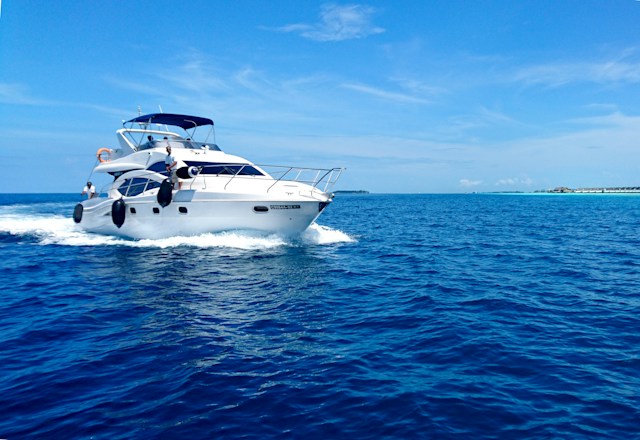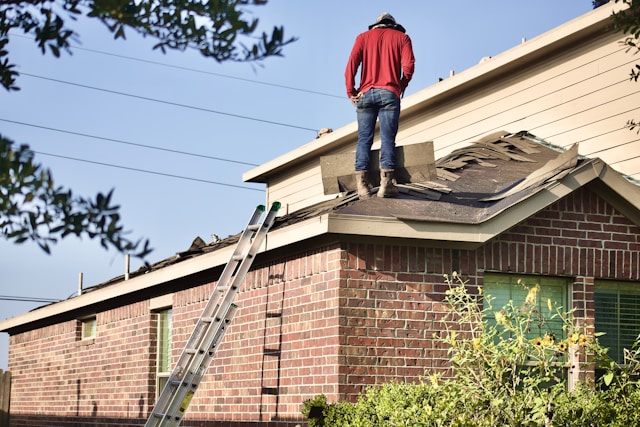Essential Tips for Properly Installing and Maintaining Marine Hose Clamps
Hose clamps may seem like mundane bits of inexpensive hardware, but the operation and safety of a vessel depend on them. I’ve seen marine insurance claim files documenting exhaust leaks, gas spills, and even boats that sank because of hose-clamp failures. When selecting a hose clamp, make sure it’s made entirely of 316 stainless steel by a reputable manufacturer. Run a magnet over the screw to see if any cheaper steel has been used.
Tightening the Clamps
Taking marine hose clamps for granted is easy, but they’re integral to many critical systems on boats. As such, they should be prioritized for quality and reliability. Avoid cheap, low-grade clamps, especially those made from zinc or plain steel, which will corrode quickly. Choose clamps made from 316 stainless steel, designed for marine use, and have the proper pressure rating for your system. Choose the correct size for each application. A clamp that’s too small may barely fit around the hose, creating leaks. On the other hand, a clamp that’s too large can form a malformed circle that can slice skin or damage nearby components.
Over- or under-tightening a clamp can also create problems. Over-tightening leaves gaps between the ferrule and gasket, which traps dirt and allows bacteria to build up. A gap also prevents the proper compression of the jaws. It’s best to use a torque wrench or screwdriver and follow the manufacturer’s recommended tightening specification.
Choosing the Right Clamps
Hose clamps may seem like mundane bits of hardware, but they are essential to a vessel’s watertight integrity. We’ve all heard of boats that sank due to hose-clamp failure, and even less dramatic results, such as a fuel-fill hose blowout or sanitation plumbing leaks, are costly. Inspect the hoses and clamps regularly. Look for corrosion, kinks, and other damage. If you suspect any of these problems, do a thorough inspection (preferably out of the water) and replace the hose clamps before the problem becomes an emergency.
One of my pet peeves is to see a hose-clamp “tail” that extends well past the hose end, awaiting the chance to scrape a forearm or finger (all marine service yard and marina employees should have current tetanus vaccinations). In addition, an oversized clamp runs the risk of “two blocking” – running out of adjustment before it compresses the hose. These problems are easy to avoid by using top-quality stainless steel worm-gear clamps in the application.
Cleaning the Clamps
A common hose-clamp weakness is that the perforations in the band that form threads for the screw are prone to microscopic cracking, which gives crevice corrosion a foothold. It causes elongation of the band and, in time, the failure of the clamp. While up-rated “marine” hose clamps are better than the automotive variety, they retain the perforations and scant band thickness that make them susceptible to the same problems.
Another problem with hose clamps is that many need to be oversized for the application. It leaves a long, sharp tail hanging off the end of the clamp, makes the hose unnecessarily tight, and stresses the component. It can lead to injury or infection, especially in the bilge, head sinks, and sanitation plumbing areas. Clamps in these high-traffic areas should be replaced with proprietary hose-clamp-tail finishers that prevent this from happening. Ideally, all marine-grade clamps should be made of 316 stainless to resist corrosion. Stainless steel is more naturally resistant to damaging application elements than plain carbon steel.
Inspecting the Clamps
Besides ensuring the clamps are correctly positioned, inspecting them regularly for damage or corrosion is essential. Clamps should also be checked for tightness and re-tightened as necessary. It includes using a hose clamp crimper to ensure the ear-shaped portion of the clamp covers all the barbs and is completely inserted into the corresponding hose fitting. One of my pet peeves is using standard automotive-type perforated hose clamps in a marine environment. These clamps consist of a galvanized steel band with a plated screw, which quickly corrode and fail in a marine environment. Another area for improvement is using a hose clamp that’s too large for the application. A clamp that’s too big leaves a long, potentially sharp tail just waiting to scrape someone’s arm or hand. It is hazardous if the clamp is in a bilge, head, or sanitation plumbing area.



